My fursona and me: a tail of identity
The last time I was excited about a show was when Studio Trigger revealed a new series titled BNA: Brand New Animal1.
Released on Netflix in the spring of 2020, the story follows Michiru Kagemori, who finds herself transformed into a beastman and searches for answers in Anima City. Numerous species seen throughout the home of the beastmen include wolves, lions, chickens, chameleons, and naked mole rats.
Its premise reminded me of the furry fandom that anime fans assumed this show caters for. A series where characters present themselves in human and beastly forms? It makes sense that it resonates with furries whose community adopt animal personas – commonly known as fursonas – to express themselves. In the show, beastmen are capable of transforming into anthropomorphic animals predetermined by their genetic ancestry. In contrast, furries have the freedom to decide what species represents their fursona while exploring aspects like gender identity to become their idealised selves.
Which begs the question: what goes into the creation of a fursona and how do they express the furry identity?
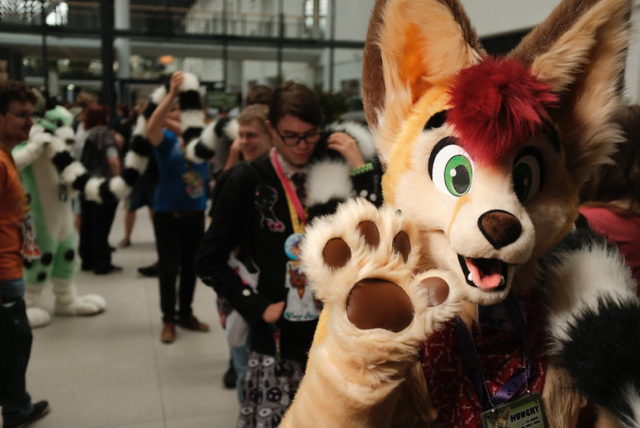
Image Credit: Khaki via Flickr (CC BY 2.0)
A fandom of passion and personality
The furry fandom is just as passionate as other followings of popular television shows and video games. In general, most furries associate themselves as fans of anthropomorphic animal characters or forms of media that contain such characters, notably the Geronimo Stilton children’s book series, the Sly Cooper video game franchise, and Amblimation’s Balto2.
For some, their entry into the fandom manifested through an interest in Egyptian mythology where gods like Anubis, Thoth, and Bastet are depicted with animal heads.
Many participants create avatars to interact with others creatively and chat about common interests in the fandom. These fursonas are typically animals with human characteristics such as bipedalism and communicating through speech, and can range from mammals to reptiles. Some people choose to fashion their alter egos to step into the shoes of characters such as Michiru and others to garner fulfilment through social, artistic, and, in some cases, erotic means.
However, it should be noted that the creative process behind conceiving a fursona differs from designing characters for entertainment. For example, characters from the comic series Blacksad were designed with the philosophy that they are not “animals who act like people” but more like “people who resemble animals”3.
As written in American illustrator Jim Steranko’s introduction for Blacksad’s first volume, he stated their designs emphasised intrinsic personality traits through the species assigned to them which would be impossible if another species was chosen.
Fortunately for furries, they are free to flesh out their fursona’s design however they see fit. They may pursue a certain species due to personal preferences, connections on a spiritual level, or desires to embody personality traits when interacting with the community4.
Moreover, a fursona cannot rely solely on species choice to distinguish themselves, and must be developed further through other means.
Furries and their fursonas
To understand the creative process in more depth, some furries have offered to provide insight into how they conceived their fursonas.
One furry from the United States, M.K., based their fursona on the black-backed jackal. Physically, M.K.’s fursona has numerous tails and they were once criticised for their visually ‘sickly’ colouration which they embraced over time. This fursona is used as a character in fiction they publish online, undertaking the role of an exorcist in a science-fiction setting. They went through multiple iterations of their fursona before they settled on this current version, believing it to be one whose shoes they feel comfortable in.
Another American furry, called O.R., originally intended to use a mouse avatar to interact with the community. However, she frequently ordered art commissions and wrote fiction about a fox character who was the intelligent and melodramatic queen of an island kingdom set in a period reminiscent of the European Renaissance. When she realised this fox character was ‘an exaggerated spoof’ of herself and she related to her more, she decided to adopt the character as her fursona instead.
The third furry, S.S., a graphic artist hailing from the Philippines, created a fursona that resembled his real self as much as possible. He designed his fursona to be a wolf-fox hybrid similar to himself in profession, physicality, fashion, and age. On the side, S.S. uses his fursona to share his pastime of collecting memorabilia from the Second World War whilst participating in archaeological finds, both historical and mythical.
Engagement through idealised selves
Furries can engage with their community by commissioning artworks, writing fiction, designing ‘fursuit’ costumes, and attending conventions dedicated to the fandom, to name a few. One of the most well-known furry conventions in Europe is Eurofurence who invited Lisanne Norman, Glaswegian author of the Sholan Alliance series, as their first guest of honour in 19995,6.
One social activity furries love to participate in is roleplaying as their fursonas in a similar fashion to acting as an elven cleric in Dungeons & Dragons, a fantasy game which demonstrated potential in laying foundations for social interactions and fulfilment7.
People involved with role-playing games, according to M.K., ‘form incredibly strong attachments to their characters’ and it is reasonable to deem that furries approach performing as their fursonas with this mindset.

Image by: Image Credit: Khaki via Flickr (CC BY 2.0)
Fursonas can be topical icebreakers in conversations and something to bond over with others as well. O.R. commented that creating ‘an idealized or parodic version’ of themselves can ease tensions and remove that awkward feeling when socialising with new people. She related donning fursuits or carrying badges of their fursonas to wearing a jersey of your favourite sports team.
One would assume that species is highly prioritised in creating a fursona and most furries may agree. After all, if someone observed a group of furries dressed as their fursonas, they could visually distinguish each character based on their species. It can be daunting for some to choose one their fursona associates with, but O.R. positively acknowledged the ability to ‘partake in fantasy’ and experiment helps furries figure out their idealised selves at their own pace. She felt that the fox was ‘an instantly right decision’, while M.K. found adopting their jackal fursona ‘fairly easily’. For S.S., he used to base his fursona on the wolf but included vulpine features because he valued both species. It goes without saying that it takes time for furries to solidify their choices in creating a satisfying identity that brings joy.
Preserving a sense of self
On an intimate note, fursonas may be instrumental in a furry’s journey in self-discovery and M.K.’s fursona is no exception. Through artworks, stories, and roleplays, they were able to freely explore gender expression outside of what they were born with. It took a while to figure out who they were as an individual, so creating a fursona was what they considered one of the ‘most accessible means’ of achieving that goal. O.R. and S.S. chimed in with similar pursuits in self-expression, using their fursonas to foster self-love and confidence while bonding with people they could never find outside the fandom. This is related to an article written by Mary Heinz from Goucher College, Maryland who stated individuals, especially furries and anyone identifying as LGBTQ+, can receive social support from others with similar identities and interests8.
With all this in consideration, maybe fursonas are what they use to express not who they want to be but who they are.
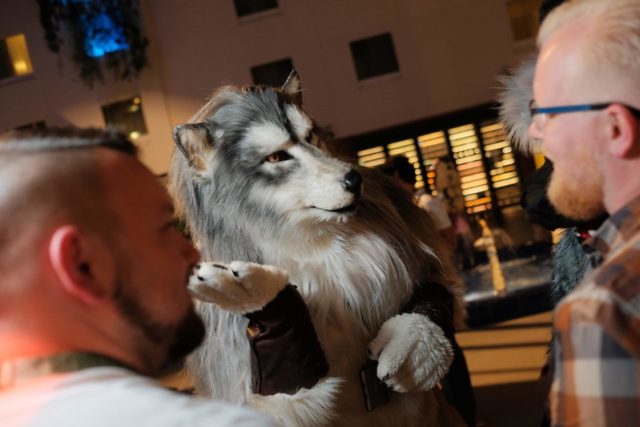
Image by: Image Credit: Khaki via Flickr (CC BY 2.0)
Therefore, a fear that furries face manifests when ‘copycats’ plagiarize fursonas’ characteristics like their physical appearance or personality traits and declare them as original designs. In a 2019 study conducted by Stephen Reysen and his team, they acknowledged if someone feels their public identity is threatened, ‘their sense of self’ would also be jeopardised9.
They explained that people wish to uphold a ‘unique and publicly recognizable identity’ and ‘copycat victims’ would react negatively to whoever plagiarized them. Reysen noted a furry may feel terrified or angered if their fursona’s characteristics are copied illegitimately or intentionally, likening it to someone replicating a tattoo of great significance to another. Furthermore, people are more likely to be protective of their creations and perceive copycat perpetrators as invasive threats to their furry identities, just as they would with their real identities.
O.R., M.K., and S.S. were asked about their thoughts on community members copying aspects of their fursona to integrate into their own. They acknowledged this dilemma as something that has previously concerned them, with S.S. now finding it ‘flattering’ if other fursonas take after his design. M.K., however, elaborated about having to deal with problems concerning plagiarists making their fursona less unique and ‘fly under the radar’ as they put it. Referring back to fursonas as icebreakers, they noted that people have ‘plenty to share’ with anyone interested in befriending them rather than the character. S.S. further added he met his share of furries who insisted their fursonas were who they truly are instead of their real selves, incapable of distinguishing either identity. It is possible that people are self-conscious of their furry identities if they are a crutch for building social connections and, according to Reysen, willing to protect them to the same extent as their real-life identities.
Our own best friend
Everyone grows as they move forward, gaining experiences and meeting new people within the furry community and the real world. When asked about whether their fursonas would change as they do, they agreed they would evolve for the better. O.R. believes her fursona’s development as a character is an indication of both good storytelling in her fiction and ‘a way of acknowledging’ her personal growth over time. M.K.’s point of view coincides with hers, believing that the more confident they become in what they want to be, the ‘more defined’ their fursona becomes. For S.S., he reiterated that his fursona is a ‘great muse for practice and development’ and expressed that both his furry and real identities will grow alongside each other in the future.
Looking back, what if a fursona is not only an avatar straight from the mind of a furry but also a friend who walks alongside them? Someone who provides companionship and the courage to love and express themselves through an engaging community? When entertained with the thought of what their fursonas would say to our readers, S.S. stated his fursona would express how they help people ‘cope with the hardship of the real world as constructively and creatively as possible’. It is also justifiable to think of how they can be vehicles in exploring gender identity within a fandom that celebrates a large LGBTQ+ community. Everyone hopes to find their place in the world just as Michiru tries to accomplish in Anima City when she comes to terms with her new identity. Perhaps the furry fandom provides the freedom for everyone to do so through creative public engagement with their fursonas.
This article was specialist edited by Adriana Alcaraz-Sanchez and copy-edited by Richard Murchie
References
- https://bna-anime.com
- https://furscience.com/whats-a-furry
- https://www.dargaud.com/bd/blacksad/blacksad
- https://doi.org/10.1080/08927936.2015.1069993
- https://www.eurofurence.org/EF26/
- ttps://www.penguinrandomhouse.com/series/BTG/sholan-alliance
- https://the-gist.org/2019/09/role-players-building-connections-through-dungeon-delving-and-dragon-slaying
- https://ojs.library.dal.ca/JUE/article/view/10351
- https://doi.org/10.1080/15283488.2019.1676245

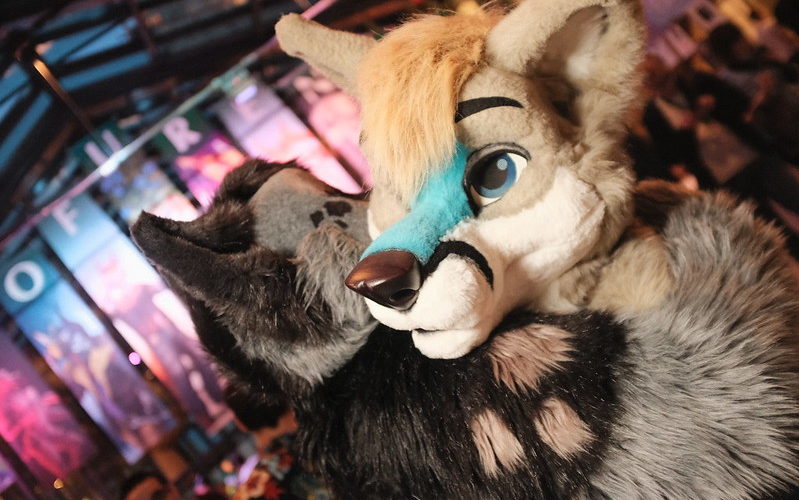
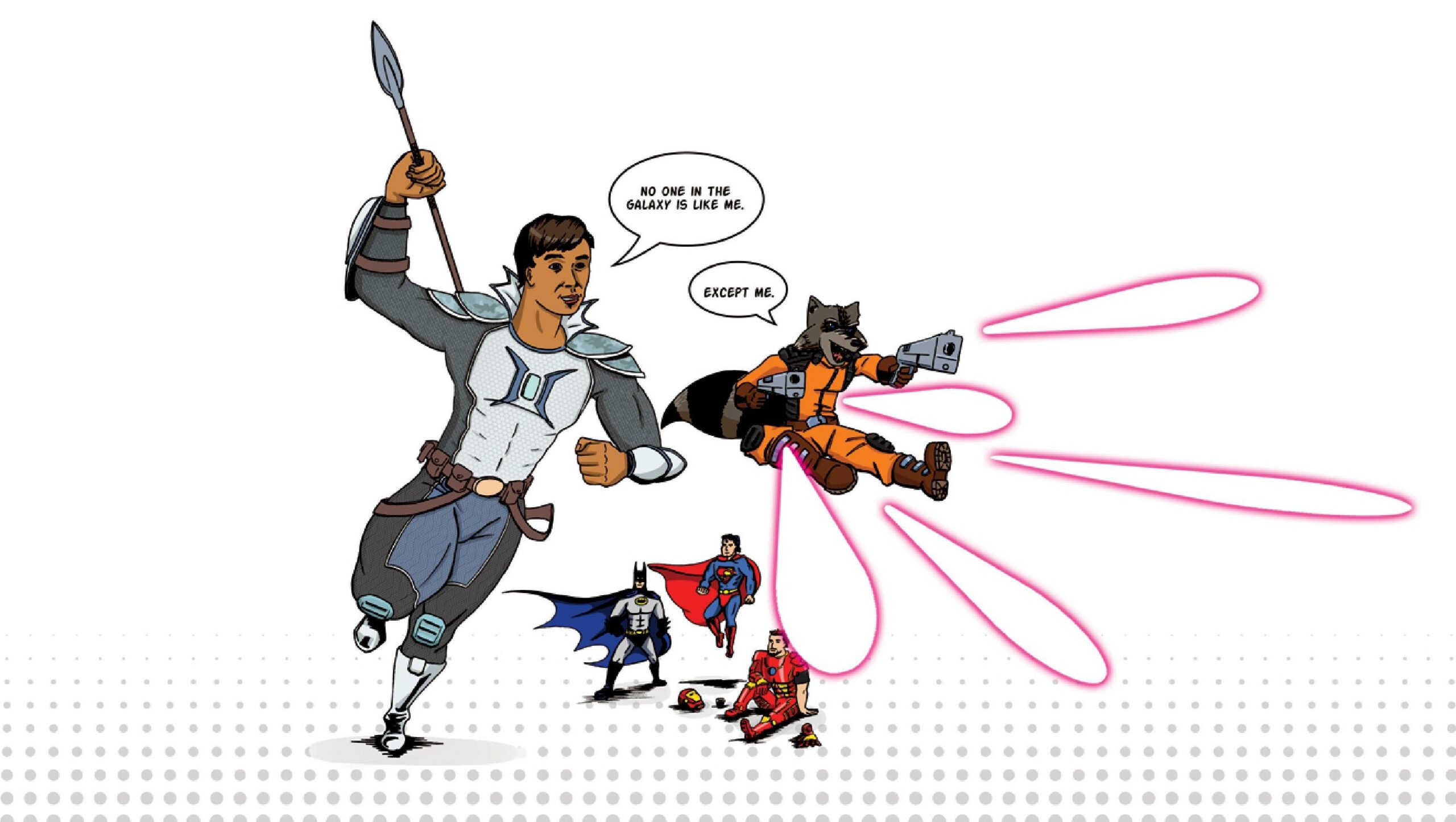
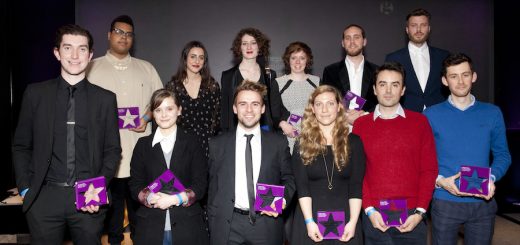
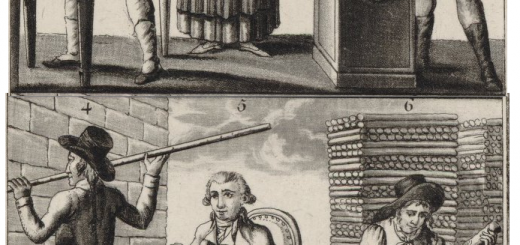







I found Mr Zainudden’s research very engaging. It discussed the niche of the Furry community in a profound and concise manner.
He has shown great ability in delving deep into the heart of his subject matter, and presented his conclusions in a fair and un-bias manner. It was very fascinating to comprehend more about this fandom than what is seen on the surface, and I commend Mr. Zainudden for introducing that sense of enlightenment.
Overall, I say his article does a fantastic job of penetrating through the negative stigma usually associated with this form of community. And I must give great credit to Mr. Zainudden for his excellent reserach.